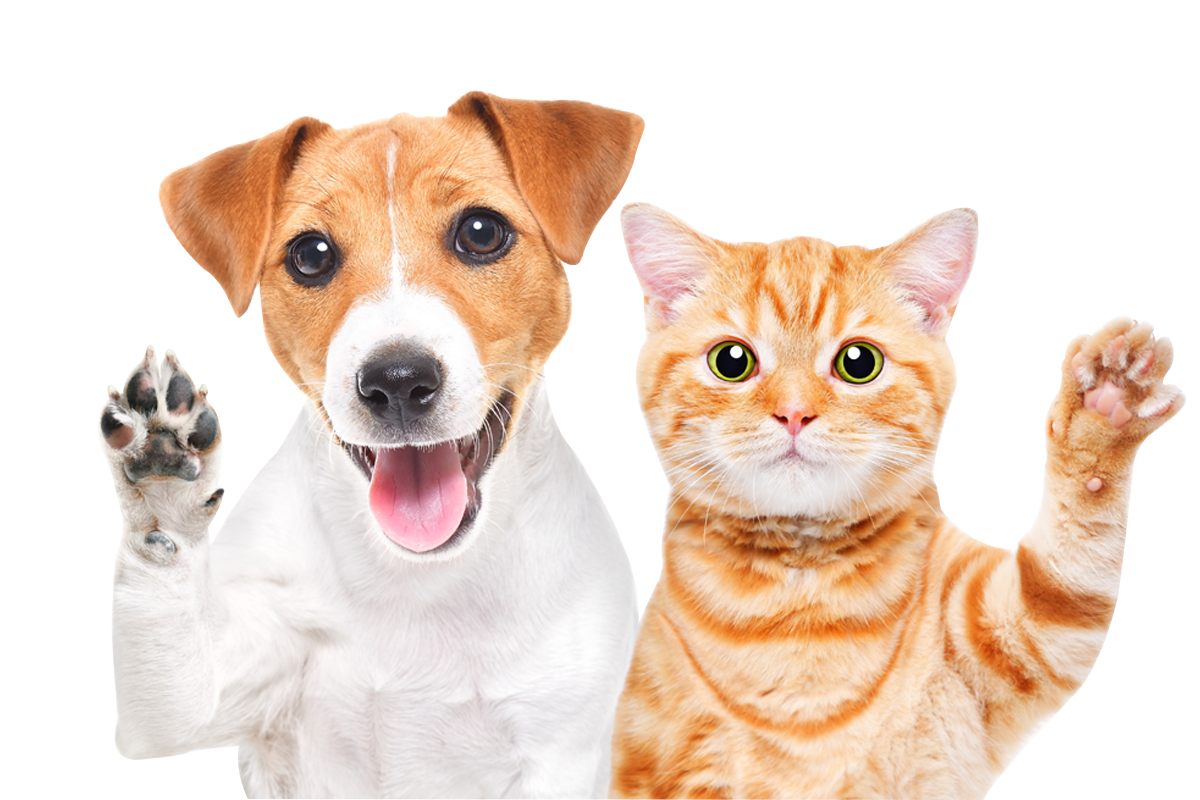
Pets enrich our lives in countless ways, offering companionship, joy, and comfort. However, understanding their behaviour can sometimes feel like deciphering a foreign language. Dogs and cats, while vastly different in temperament, use unique signals to communicate their needs, emotions, and intentions. Learning to interpret these signals not only strengthens the bond between you and your pet but also ensures their well-being.
This guide dives into common behaviours in dogs and cats, providing insights into what your furry friends may be trying to tell you.
Dogs are known for their loyalty, energy, and expressiveness. They rely heavily on body language, vocalisations, and routines to communicate.
Contrary to popular belief, a wagging tail doesn’t always indicate happiness. The position and speed of the wag are crucial to understanding what your dog is feeling. A slow wag with the tail held low often signals uncertainty or anxiety, while a high, fast wag can indicate excitement or even aggression.
"A dog’s tail is its emotional barometer," says canine behaviourist Dr. Jessica Holloway. "Interpreting its movement and position can reveal a great deal about your pet’s mood."
Dogs use vocalisations to draw attention or express emotions. While occasional barking is normal, excessive barking could point to boredom, fear, or territorial behaviour. Similarly, whining often indicates a need for attention, discomfort, or anxiety.
A study by the University of Lincoln found that 85% of dogs show signs of separation anxiety when left alone, leading to vocal expressions like whining or howling.
Ever seen your dog dash around the house or garden at lightning speed? These energetic outbursts, often called the "zoomies," are a way for dogs to release pent-up energy. While zoomies are usually harmless, they might indicate your dog needs more exercise if they occur frequently.
Cats are more subtle in their communication compared to dogs. Their body language and actions often require closer observation to decode.
Purring is generally associated with contentment, but it can also signify other emotions. Cats may purr when they're nervous or in pain, using the sound as a self-soothing mechanism. Pay attention to accompanying behaviours, such as body posture, to interpret their state.
"Purring is a cat’s way of talking to themselves and to you," explains feline behaviour expert Dr. Emily Radcliffe. "It’s not always a happy sound."
When cats press their paws against a soft surface in a rhythmic motion, they’re engaging in a behaviour called kneading. This instinctive action dates back to kittenhood when they kneaded their mother’s belly to stimulate milk flow. In adulthood, kneading often signals relaxation and affection.
Like dogs, cats use their tails to communicate. A tail held high signals confidence, while a puffed-up tail indicates fear or aggression. If your cat’s tail is twitching, it may be a sign of irritation or excitement.
Both dogs and cats use their eyes to communicate. In dogs, direct eye contact can signify trust or challenge, depending on the context. Avoid staring down a dog you’re unfamiliar with, as they may interpret it as a threat.
Cats, on the other hand, show affection through slow blinks. Known as "cat kisses," slow blinking is a sign that your cat trusts and feels safe with you. Try slowly blinking back to strengthen your bond.
Dogs and cats communicate through nonverbal cues, from tail wags to ear movements. Decoding these signals deepens your bond and ensures happier companionship.
For dogs, a relaxed body with a wagging tail usually indicates friendliness, whereas a stiff posture could signal tension or aggression. Cats, when feeling threatened, may arch their back and fluff up their fur to appear larger.
In both dogs and cats, ear position reveals a lot. Forward-facing ears suggest curiosity or alertness, while flattened ears indicate fear or aggression. Cats also use their whiskers to communicate; forward-pointing whiskers indicate interest, while whiskers pulled back show apprehension.
Many pet owners misinterpret behaviours, leading to confusion or frustration. For example, a dog chewing furniture may not be "acting out" but rather relieving teething discomfort or boredom. Similarly, a cat scratching furniture isn’t destructive; it marks its territory and maintains its claws.
Address undesirable behaviours by providing appropriate outlets and reinforcing positive actions. Give your dog durable chew toys to curb furniture destruction, and ensure they have plenty of exercise to release excess energy.
Pets, much like humans, find comfort in predictable routines. Regular feeding times, consistent walk schedules, and structured playtimes contribute to a sense of security. Disruptions in routine can lead to stress, which often manifests in behaviors such as excessive barking, hiding, or even loss of appetite.
Creating a stable and enriched environment is equally important. Toys that stimulate mental activity, regular exercise to release pent-up energy, and designated safe spaces for rest and retreat all help to prevent boredom and anxiety. Dogs, for example, may bark excessively to demand attention or protect their perceived territory, both of which can be curbed by a well-structured environment.
Routine and environmental enrichment work hand-in-hand to maintain your pet's mental and physical health. A stable environment not only reduces stress but also allows your pet to thrive by offering opportunities for exploration, relaxation, and bonding with family members.
Some behaviours may indicate underlying health issues. For instance, excessive licking in dogs could signal allergies, while a sudden change in a cat’s litter box habits might point to urinary tract problems. If in doubt, consult a veterinarian or animal behaviourist.
Each year, numerous dogs, cats, and other animals go missing or are stolen. Notify Lost Pets Ireland about your lost pets, and we can inform thousands of people in your vicinity within five minutes.
Report Pet
We and selected third parties use cookies to give you the best browsing experience. By clicking Accept All you consent to the storing of cookies on your device for functionality, site navigation, analytics and marketing including personalised ads and content. You can adjust your preferences at any time.